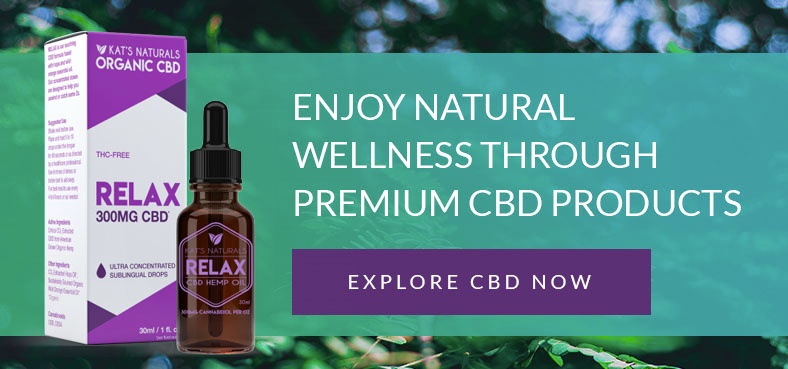[vc_row][vc_column][vc_column_text]CBD oil labels can be intimidating and confusing, so much so that you may feel discouraged from taking CBD at all. But fear not! We’re here to discuss the most seemingly intricate numerals and codes you’ll likely run into on just about every bottle. Understanding CBD oil labels can ensure that you reap all the benefits of CBD, take correct serving sizes, and even feel confident enough trying new varieties or brands.
Check out our infographic as a handy reference while you read this post, or save it for later!
How do I know what a serving size is?
Maybe you’ve joked in your head before that a “serving size” is just a suggestion. However, when it comes to supplements, it’s not merely a suggestion.
Tinctures
How can you tell what a serving of CBD oil is from those complicated little bottles?
Somewhere on the bottle or box, you should see something that clearly reads, “X mg.” A few common strengths are 250mg, 500mg, 750mg, 1000mg, and even 2000mg or 6000mg. Some bottles even add another descriptor, such as “maximum strength,” “full strength,” etc. However, this large number does not indicate how much CBD is found in each serving.
Instead, you should also see the serving size listed. Most bottles provide a breakdown that there is “33mg/serving,” for example. Some bottles do a great job of emphasizing how much CBD is in a serving, rather than how much CBD is in the whole bottle — no one wants to do that math every day!
Other bottles may say that one full dropper’s worth or even two full dropper’s worth is a serving. What constitutes a full dropper? Well, even when you immerse the dropper in the bottle, squeeze, and allow it to fill, some air will still remain in the dropper. This full dropper will actually appear half-full, but don’t let it confuse you.
Topicals
Labels on CBD topicals aren’t much different. Of course, you don’t really consider the amount you use a “serving” for something you put on your skin. Most bottles or jars have directions for use or specified amounts. A good rule of thumb to follow for any skincare product is to be patient and use it as directed. Using excessive amounts won’t give you the desired results faster.
How do I know if there’s THC?
Many brands are proud to present THC-free products. Since the legality of THC still varies, it’s understandable that companies don’t want to tussle with the law or subject you to it, either. But if CBD comes from the same plant as THC, how can you be sure that you’re not getting anything you didn’t pay for? As long as the product tests less than 0.3% THC, it is safe to consider it THC-free.
How do you access these test results for specific products for purity, potency, and more? Check out the infographic above to see what batch numbers are — brands often test all of their batches in third-party labs and provide results on their website.
The bottom line is, if you want a THC-based product, you’ll have to search for it and purchase it from a legal vendor. Like CBD, THC must be processed in a particular way and isn’t just given out freely.
What does broad-spectrum, full-spectrum, or isolate mean?
In addition to the amount of CBD found in your tincture bottle, and a possible strength descriptor, it’s extremely likely that “broad-spectrum,” “full-spectrum,” or “isolate” are clearly listed. What do these indicators mean?
As the graphic also shows:
- Broad-spectrum: This variety contains cannabinoids, terpenes, and no THC
- Full-spectrum: This variety contains cannabinoids and potential traces of THC (0.3% or less, unless otherwise listed)
- Isolate: This variety contains isolated or pure CBD, and no other cannabinoids or THC
For a deeper dive into the differences between full-spectrum and isolates, check out this blog.
What are carrier oils?
As you may know by reading the list of ingredients on your bottle of CBD, it isn’t just full of “CBD oil” — there’s also something called a carrier oil. So, what’s that? Since CBD isn’t actually oil in itself, it needs a carrier oil to help your body absorb it and to dilute the potency to safe, effective levels.
Carrier oils are also called base oils or vegetable oils. Common carrier oils include olive oil, avocado oil, jojoba oil, coconut oil, and more. Different oils have different flavors, calorie, and taste profiles. Some of these same oils are also commonly used in topicals in addition to tinctures.
Even if you’re now an expert on CBD oil labels, check with your doctor before adding it to your regimen.
Still have more questions? Check out the video below![/vc_column_text]
[vc_column_text]


